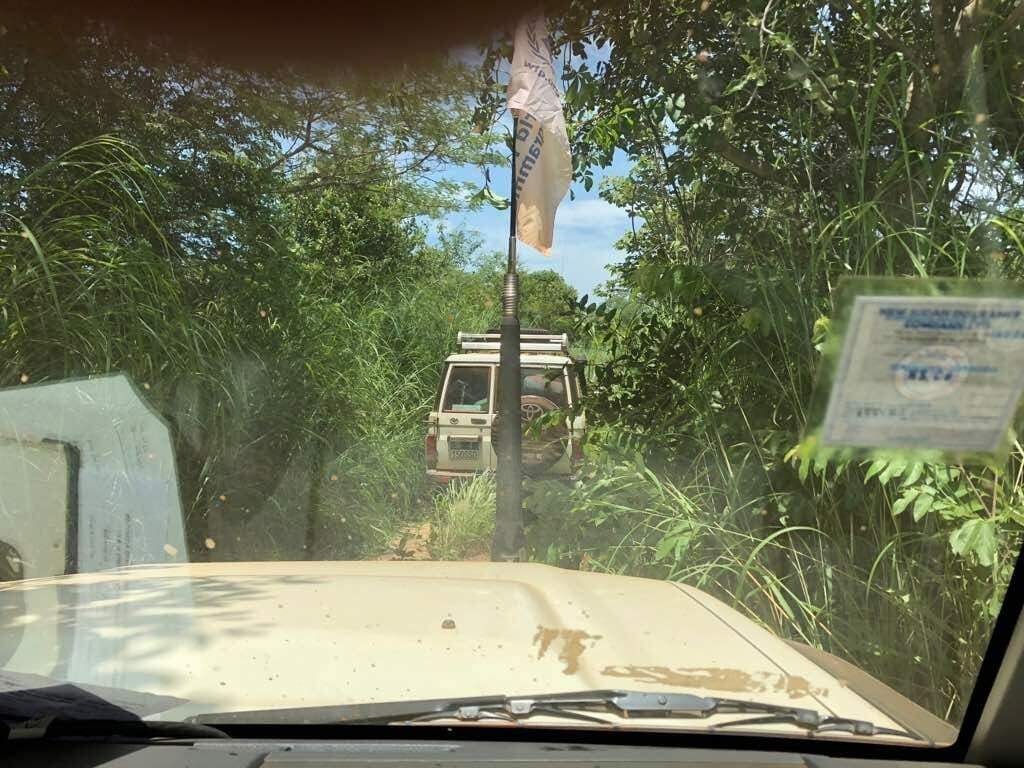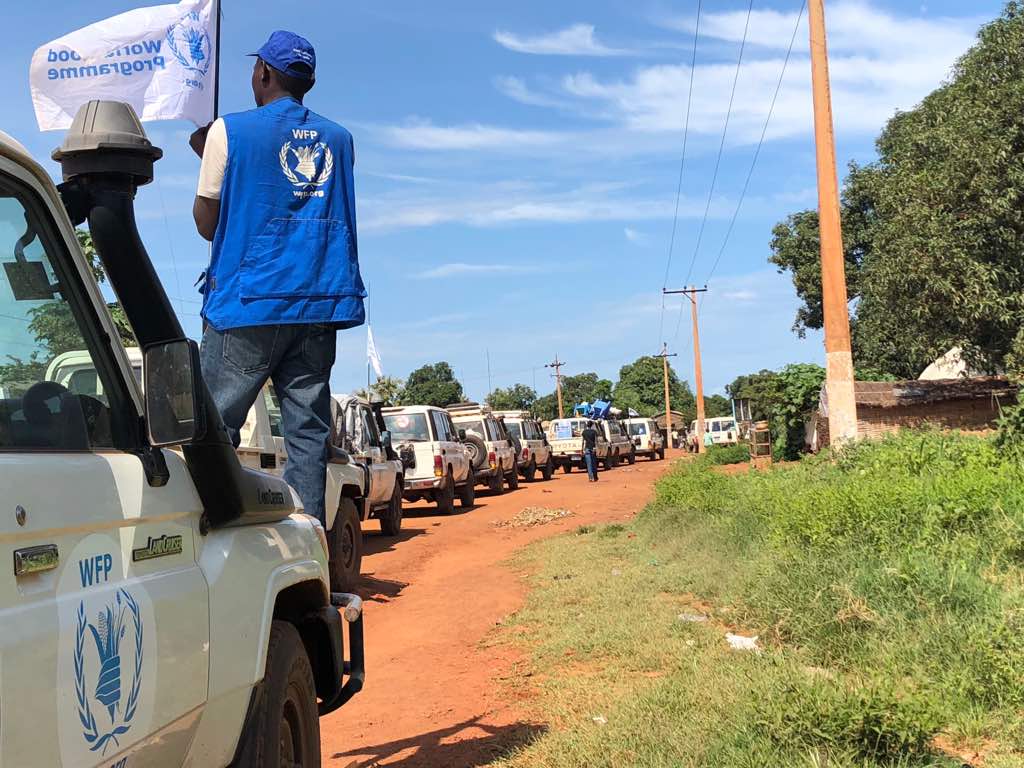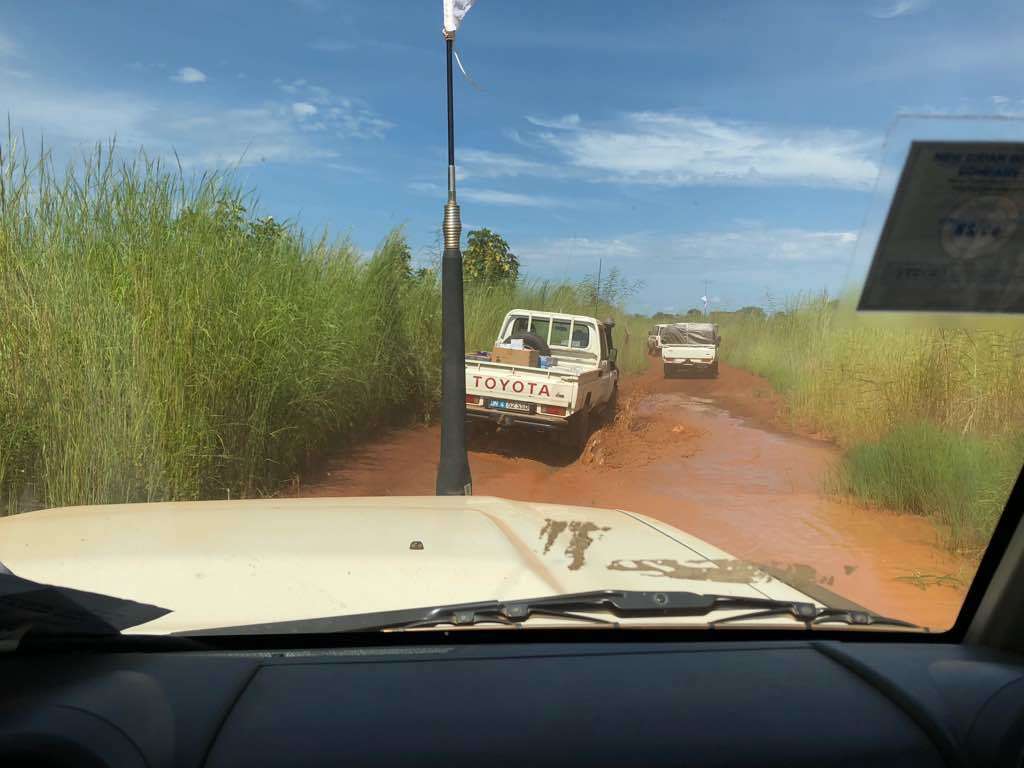The Baggari Breakthrough: Reaching the Unreachable in South Sudan

When violence cut off 28,000 people from lifesaving assistance back in June, the alarm bells went off. A wall of insecurity in the Baggari region of South Sudan had made it impossible for humanitarian organizations to safely operate and deliver food and supplies to families on the brink of famine.
The clock was ticking.
This is the story of how the World Food Programme (WFP) found its way back in—thanks to ZeroHunger Heroes like you who are helping the leading humanitarian organization fighting hunger worldwide save and change lives.
To push back hunger, WFP requires sustained access and support. Food insecurity has worsened in South Sudan after more than five years of civil war, putting the lives of millions in jeopardy. And just last month, the country was identified yet again as one of the most dangerous places for humanitarians to deliver aid.
“Access to vulnerable people continues to be challenging in South Sudan,” said WFP Acting Country Director Simon Cammelbeeck. “The Baggari operation was only possible after lengthy negotiations.”
For months WFP worked to regain access to Baggari. Staff worked with state and local authorities in Wau State to obtain permits and ensure the safety of WFP’s aid workers given the unpredictable nature of the conflict. Baggari’s remote location and the start of the rainy season only complicated things further, making it harder to reach communities in need.
Beyond regaining access, there was also recognition that the families cut off from assistance for months might need more than food. WFP formulated a plan to bring together emergency mobile teams of aid workers across 11 different U.N. and NGO partners specializing in health, water and sanitation, and other specialties to assess conditions in Baggari upon re-entry. Known as “integrated rapid response,” this comprehensive approach addresses gaps in the provision of humanitarian assistance inside remote areas. Typically a team of access negotiators re-opens areas while food distributions are used to reach large numbers of people in need.
And last Friday, that plan finally paid off.


A breakthrough led by WFP brought 40 aid workers on a 14-truck humanitarian convoy into Baggari. Partner organizations in the convoy included UNICEF, the U.N. Food and Agriculture Organization, International Organization for Migration, ACTED, Oxfam, Community Organization for Emergency and Rehabilitation, Johanniter International, Hold the Child, and Islamic Relief.
Upon re-entry, inter-agency teams began assessing the conditions and shortly thereafter distributed food to some of the 28,000 people in need. By working together to understand the humanitarian needs of people in remote and war-torn areas cut off from assistance by violence, these teams more effectively support people in crisis.
“The rapid response missions have been standing between people and starvation in several parts of the country,” said Joyce Luma, former WFP Country Director in South Sudan. “This is a lifeline that must be maintained where access remains a challenge.”
It’s a vital achievement in a country where conflict continues to drive hunger. And it was only possible because WFP does whatever it takes to reach hungry people, thanks to your support.
We at WFP USA are in it for the long haul. With you by our side, we’ll make sure food helps every human being reach their potential.
Thank you for being a ZeroHunger Hero!




